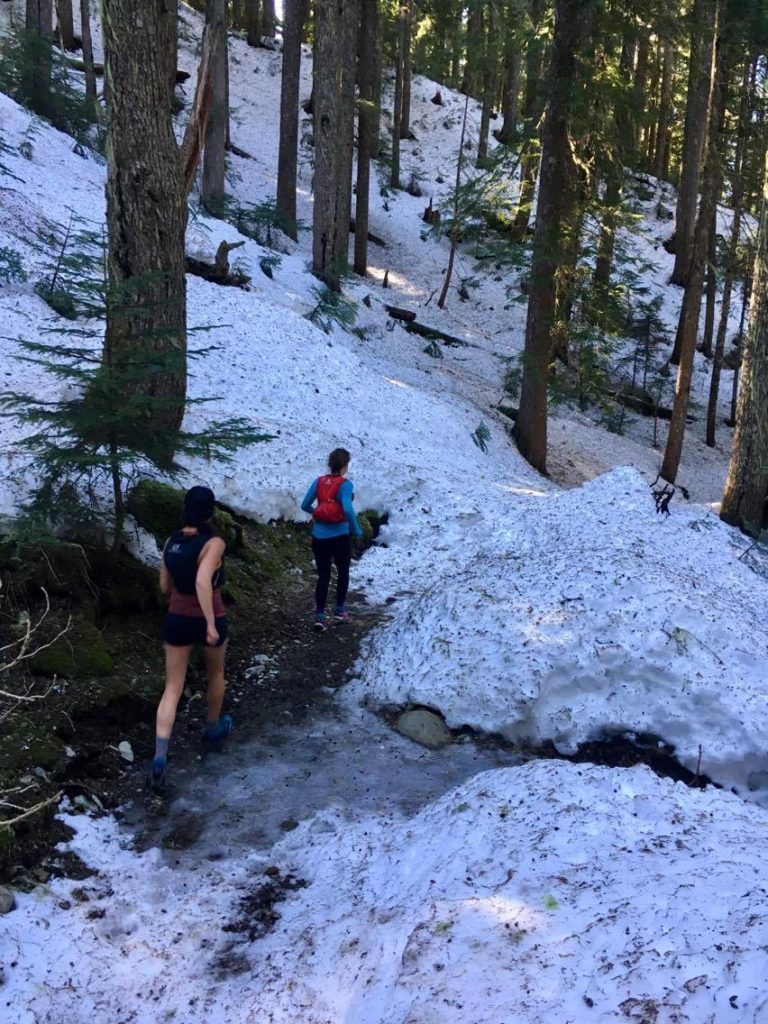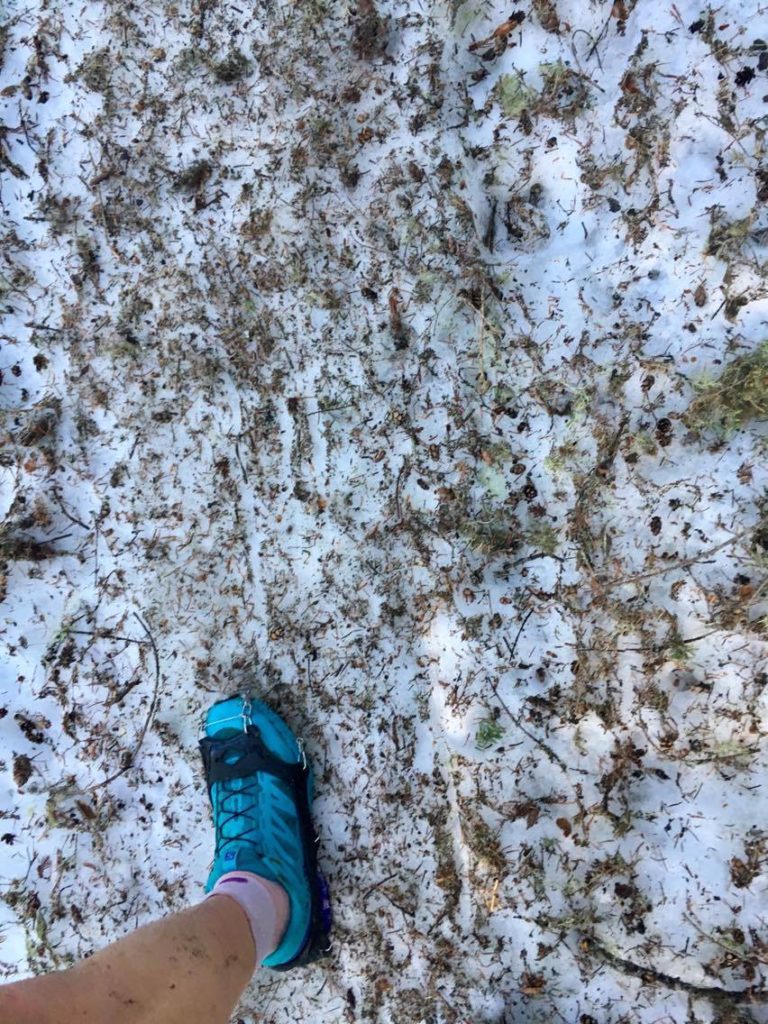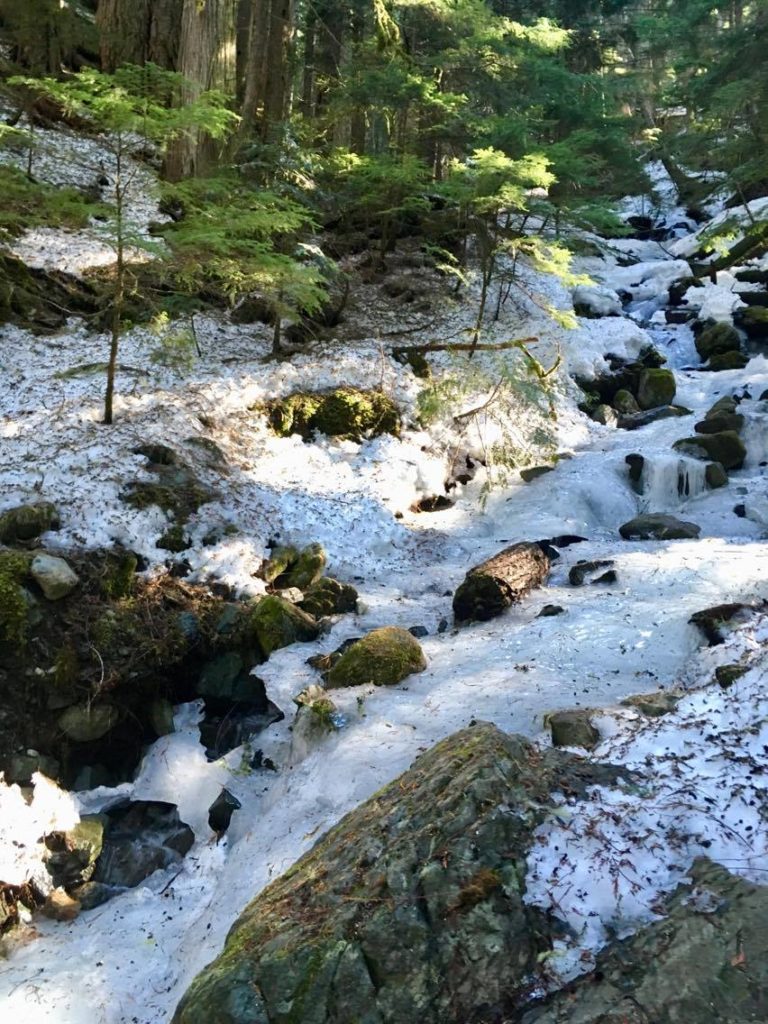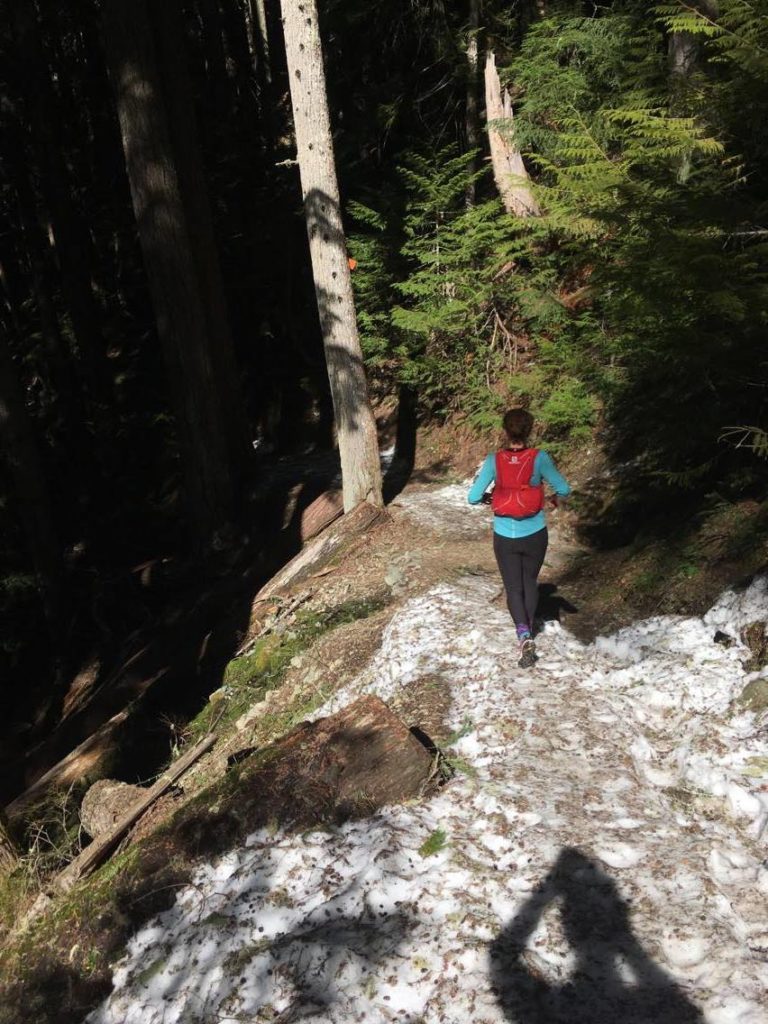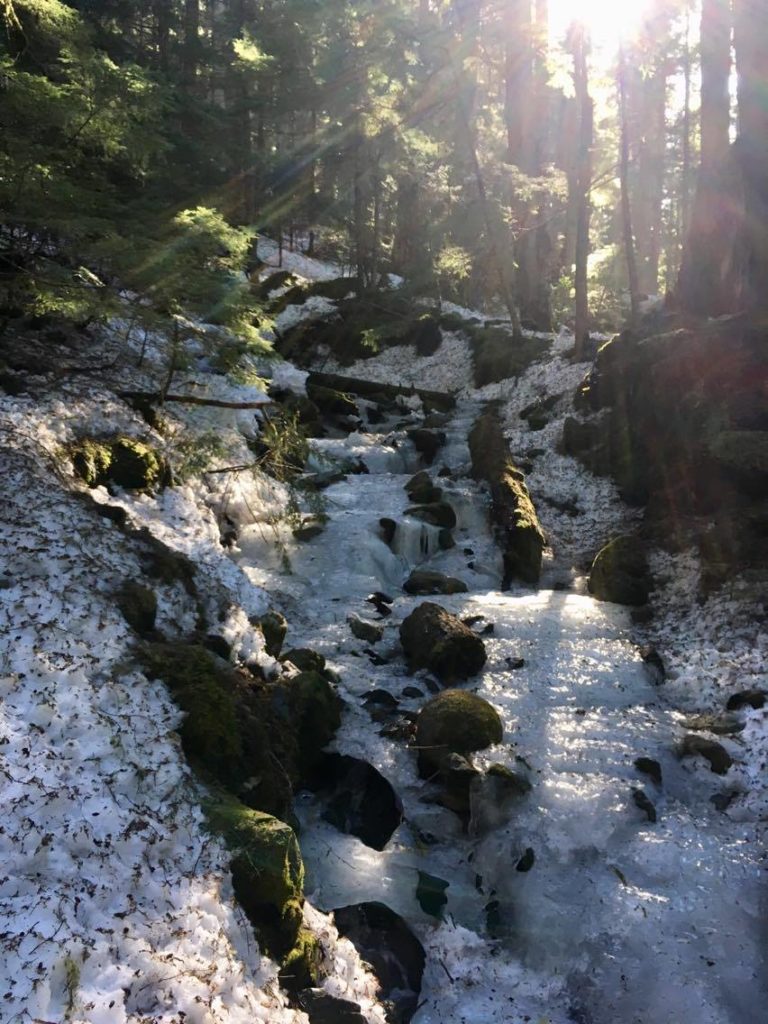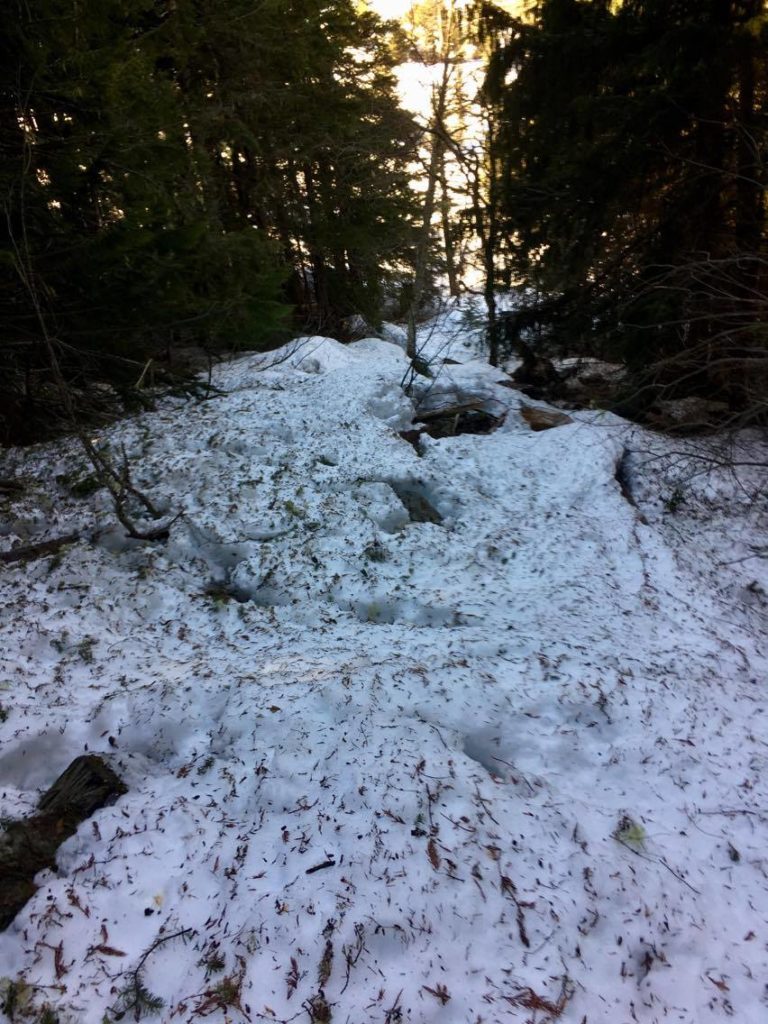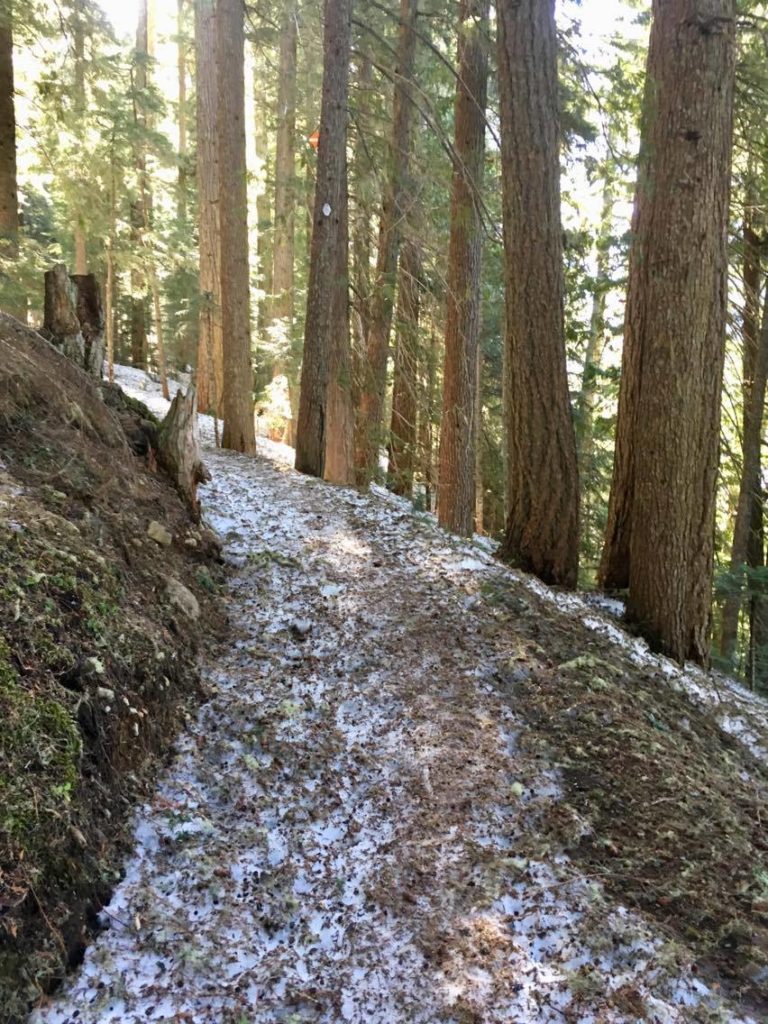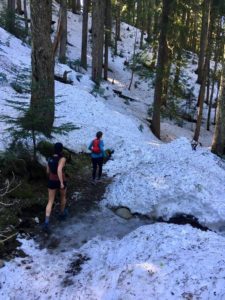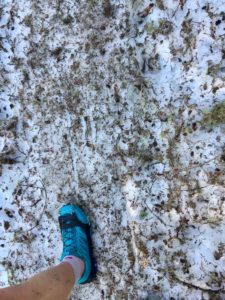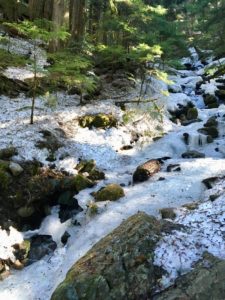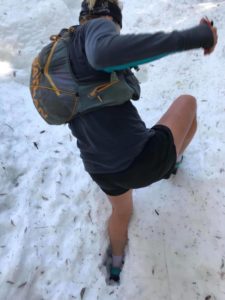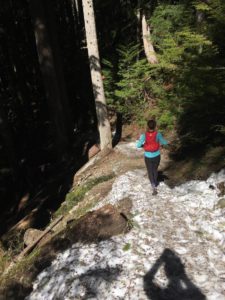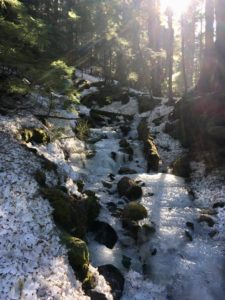Safety tips for spring trail running
Early spring is the most wonderful time of year for trail running, but it isn't always the safest
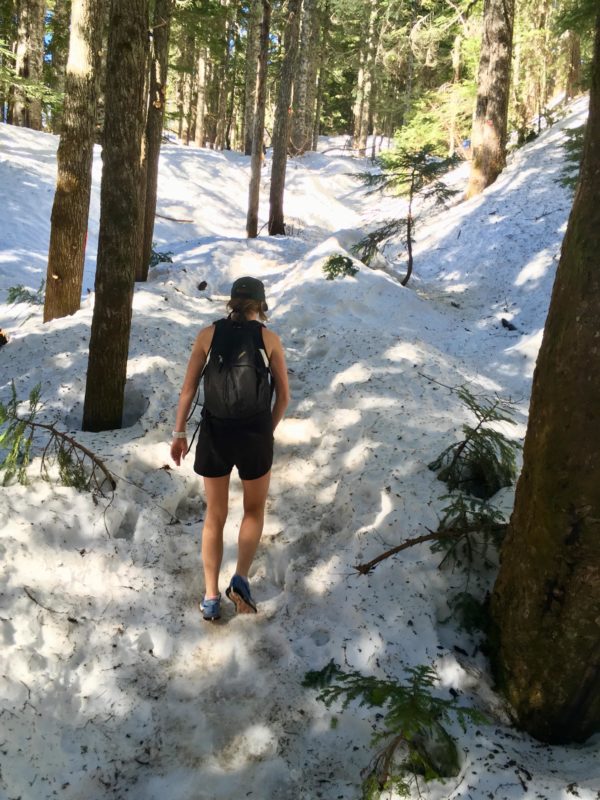
Changes are happening. Early spring is an exciting time. The warm weather comes with longer and brighter days, but also rapid changes from winter conditions. From avalanche risks to deep snow, sheets of ice, and high flowing streams, the trails are transitioning. Like a prepubescent teenager, you never know what state the trails will be in. Heading into the trails and mountains means being informed and prepared this season. Here are some things to consider during this awkward time of year:
RELATED: 10 secrets of winter trail running
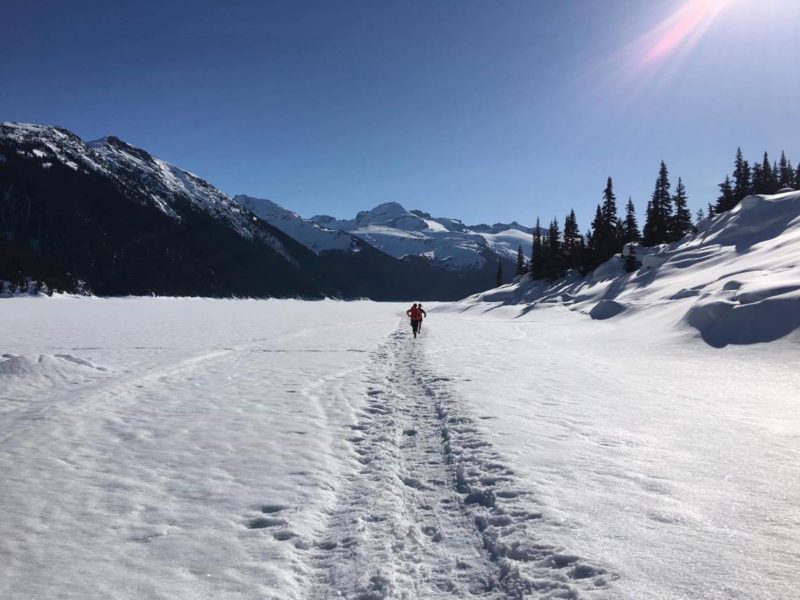
Looks are deceiving
The days are longer, the weather is warmer, and the summits on Instagram are inspiring you to head into the mountains. It looks like the perfect time for getting into the alpine. Although the mountains look inviting, they can be dangerous at this time of year. Ideal weather does not mean ideal trail conditions. North Shore Search and Rescue Manager Doug Pope explains that sometimes people don’t realize “they’re going to run into such significant snow in the mountains. It’s a big surprise to them, because it’s sunny and warm in town, but as soon as you go up a few hundred metres, you’re in snow. Trails always look nice and dry down below.”
Stay low
Early spring is not the time to win the vertical challenge. Pope says that trail runners and hikers “need to steer clear of higher elevations due to conditions. In just a few hundred metres up the mountain there is enough snow and then it becomes icy.” Trail runner, ultrarunner, and forest technologist Dave Stevens says that when snow melts and shifts it can move rocks underneath. This “makes cliff edges unstable” and dangerous.
RELATED: The chilliest Chuckanut 50K race preview
Days are diverse
Warmer weather means that the trail conditions are constantly in flux. Temperatures fluctuate between freezing and non-freezing temperatures quickly during the day. Often the trails can be both liquid and ice within a 24-hour period. For example, a trail heading into the sub-alpine could be perfectly safe in the morning at colder temperatures. A few hours later, the same trail could be very dangerous. As snowy trails rapidly warm up during the day, the avalanche risk increases. As well, spikes, snowshoes, or technical apparel won’t save you from postholing deep into a tree well. Anything can happen in a day, and in spring, it often does.
Tread lightly
Minimizing impact during this period can help protect wildlife and trails in general. Many trails are experiencing a freeze-thaw cycle, which occurs when the daily maximum temperature is greater than 0 C, and the daily minimum temperature is less than or equal to -1 C. This increases the likelihood that water will freeze at the surface. When water freezes, it expands, so freezing, melting, and freezing over time can damage both trails and human-made infrastructure.
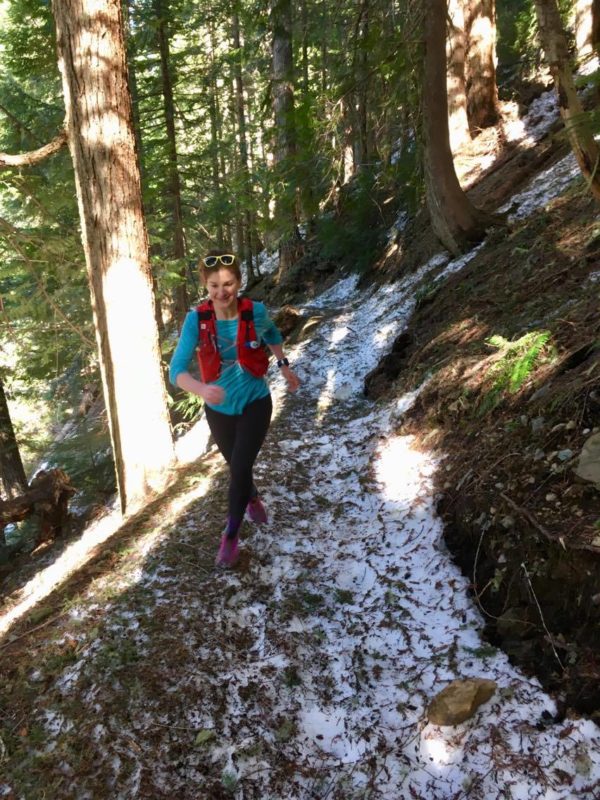
Be prepared
Whether avalanche risks are high or not, heading into the trails and mountains as the conditions are rapidly changing means being prepared. As trail runners, we need to carry our 10 (or 11) essentials on our adventures. If you plan on heading out, ensure to obtain the most recent trail conditions and start early in the day.
